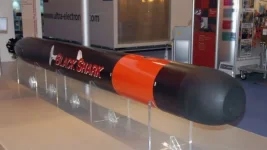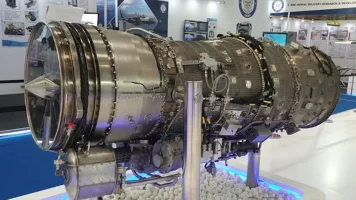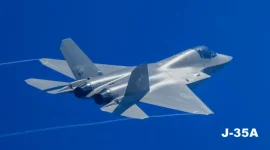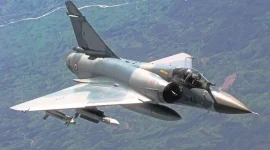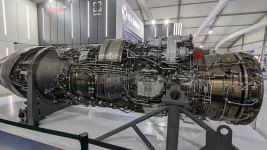In a major move to boost the combat effectiveness of the Indian Air Force (IAF), the Electronics and Radar Development Establishment (LRDE) has formally invited Indian companies to co-develop and produce an advanced radar system for the Su-30MKI fighter jet fleet.
LRDE, a key laboratory under the Defence Research and Development Organisation (DRDO), issued the call for partnership on July 18, 2025, marking a critical step in the aircraft's "Super-30" modernisation program.
The project centres on the development of the Virupaksha, an Active Electronically Scanned Array (AESA) radar. This state-of-the-art system is set to replace the existing Russian-made N011M Bars passive array radars, significantly enhancing the Su-30MKI’s capabilities.
The Virupaksha radar represents a substantial technological leap. AESA radars, unlike older systems, can track numerous targets in multiple directions simultaneously without mechanical movement, offering superior speed, precision, and reliability.
The Virupaksha is designed with approximately 2,400–2,600 Transmit/Receive Modules built using Gallium Nitride (GaN) technology. This advanced material allows the radar to be more powerful, efficient, and about 30-40% lighter than its predecessor, a crucial advantage in aviation.
With these advancements, the Virupaksha radar will transform the Su-30MKI's operational abilities.
It is projected to have a detection range of 300 to 400 kilometres for fighter-sized targets and can track between 64 and 100 targets at once. This capability will effectively turn the aircraft into a "mini-AWACS" (Airborne Warning and Control System), enabling it to detect low-observable stealth aircraft, such as the J-20, from significant distances.
Further enhancing its versatility, the radar features a unique repositioner that allows it to be steered mechanically, greatly expanding its field of view.
The Request for Proposal (RFP) seeks a Development-cum-Production Partner (DcPP) from the Indian private sector.
Prominent domestic firms with expertise in defence manufacturing and avionics are considered contenders, including Larsen & Toubro (L&T), HAL, Data Patterns, and Astra Microwave Products Limited, among others.
The selected company will work alongside LRDE, Hindustan Aeronautics Limited (HAL), and Bharat Electronics Limited (BEL). This collaboration will initially produce two to four radar units for flight testing, with mass production scheduled to begin after 2025.
This development is a cornerstone of the IAF’s broader Super-30 Program, an ambitious plan to upgrade 84 aircraft from its Su-30MKI fleet starting in 2026.
The entire program is estimated to cost ₹65,000 crore ($7.8 billion) and includes a complete overhaul of the cockpit with modern digital displays and the integration of next-generation weaponry, such as the long-range Astra Mk3 missile.
These upgrades are designed to extend the service life of the Su-30MKI by three decades, ensuring it remains a formidable asset against modern aerial threats.
Engineers have designed the Virupaksha radar for seamless integration. Its "plug-and-play" nature allows it to fit into the Su-30MKI's existing nose cone without requiring major structural modifications.
Furthermore, it is compatible with the aircraft's current AL-31F engines, a key factor in minimising the time and cost associated with the upgrade process.

